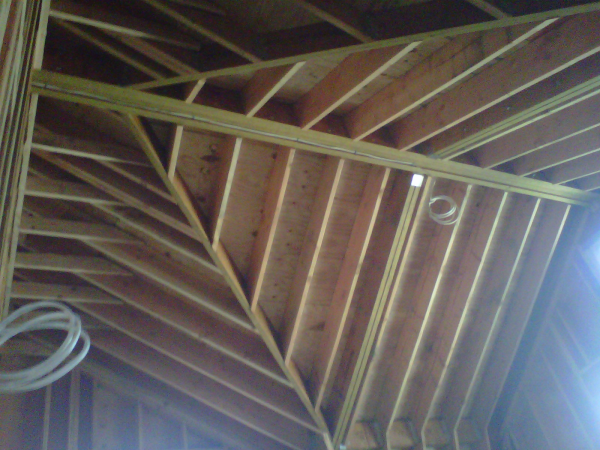
Long-held theories and ideas are being challenged, and accurate data is flowing in from well-instrumented test sites and from field monitoring of new and existing homes. Building Science in Transitionīuilding science is crucial in understanding how homes work. In some cases, the roof insulation occurs directly under the roof, creating a cathedral ceiling over usable space, or "cathedralized" when insulation is placed at roof level in a trussed roof. At the roof, the weather-protective roofing and the attic insulation that provides the thermal barrier are separate from each other. In a typical two-story home with a basement or crawlspace, the enclosure includes the foundation walls and the edges of the floor structures, in addition to the walls and roof. In climates requiring heating, the inside surface is typically gypsum wallboard possibly with a vapor retarder installed directly to the studs (though an interior vapor retarder should be avoided in hot, humid climates). Wood-framed homes are typically sheathed with wood structural panels (OSB or plywood) to provide resistance to wind and seismic loads. The outside surface will be cladding (brick, stone, wood, wood composites, fiber cement, etc.) along with an air barrier and water-resistant barrier such as asphalt paper, housewrap, fluid applied membranes, self-adhered membrane, closed-cell cellular plastic boards or other such materials. In steel-framed homes (and even in wood-framed homes), it is best practice to include an additional layer of continuous insulation either inside or, more commonly, outside the framing to provide a thermal break at the framing members. Framed homes are most often insulated in the cavity between the 2 x 4 (or 2 x 6 where greater insulation is required) framing members.

If the wall structure is framed, the framing can be either wood or steel. If the wall structure is concrete or masonry, it is likely to be covered with stucco or brick on the exterior, with insulation and gypsum board on the inside. In a typical one-story home on a concrete slab, the enclosure includes the slab, the exterior walls, and the roof structure.

A durable and effective enclosure is a key element in a green home, because all that goes on within the home depends on its proper functioning. The enclosure of a home includes part or all of the structure that holds up and forms the roof and that resists lateral loads from wind or earthquakes. The home's enclosure separates the living environment from the outside environment in order to provide protection from the weather, intruders, pests, noise, and dirt, to control the entry of sunlight, and, most important, to maintain comfort.


 0 kommentar(er)
0 kommentar(er)
